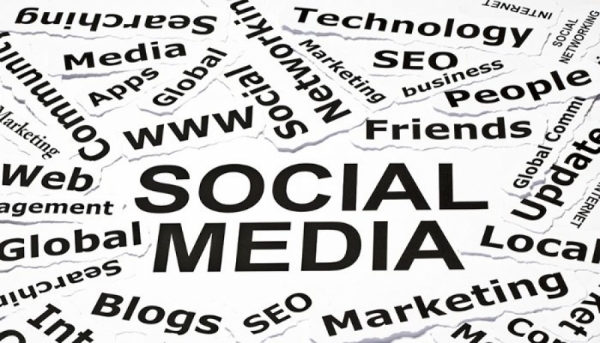Many small businesses quickly become discouraged after putting up a business page, sending out "Like" requests to everyone they know, posting diligently for a month, and seeing very little activity on their page. Years ago you could start a Facebook or Twitter account this way and reach lots of people organically (i.e. without paying). These days though, social media sites (like every other business) want to generate revenue.
One way for them to generate this revenue is by converting social media users into paying customers. As a result, you can now pay to get fans, pay to boost your posts, pay to drive traffic to your website, or simply pay to run an ad that might do any of the aforementioned items. In order to make this business model work, social media sites need to control organic spread of your content.
To understand this concept better, imagine if you will, a giant lever that each of these entities uses to control the spread of your social media content. On one side of that lever is the word "Maximum" and on the other side is the word "Minimum". The lever itself is your "reach" (the amount of people who can actually see your posts in their newsfeed). Based on where they position this lever, the social media sites control how many people see your posts in their newsfeed.
Lots of followers, fans, or friends doesn't mean your work is done
Too many small businesses believe that since they now have 70K followers, for instance, their social media efforts are done. As you're about to see, you can't simply ride that wave and make your business flourish. Precisely where these social media sites position the aforemention lever is based on if you're playing ball with them or not. In other words, are you generating revenue for them?
On average, you can expect an unboosted or unpaid Facebook post to reach as little as .5% to 5% of your total followers. And that small number is only if your post is engaging. If it's not engaging, it will reach less people. That's right... organic rules like popularity still factor in to this smaller reach, so it's sort of the worst of both worlds scenario for social media marketers. Plus, if your post links to your own or another website, you can expect to see those numbers drop further. That's because Facebook doesn't want to drive traffic away from their own site and possibly generate revenue for you when they can keep users on their site and potentially generate a payment or commision for themselves through the use of tools like targetted ads on their own site.
This is where pay-to-play factors in. Since all businesses have limited dollars to spend, you have to strategically boost only the posts that matter the most -- the ones that will have the most impact for your business model or the ones that require the most "nurturing". Whether it's posts that are selling an item, driving traffic, or building awareness, you need to understand where you should spend your budget and when. What time of the day and what day of the week you post can also affect how well your post performs organically.
Each social media site is governed by its own set of "rules". With all of these rules being complex and with the understanding that maintaining an effective social media account is time-consuming, larger companies may have multiple social media specialists each who manage different platforms.
Social Media Tools
There are lots of tricks to managing social media both organically and within a budget. The rules on how to approach all of this are always changing as are the players. New sites and new tools appear all of the time and spending money directly on social media platforms isn't the only thing you need to consider with regard to your budget. Sites like Hootsuite and others provide tools and services that allow you to manage your social media marketing more effectively and drive measurable results. Of course these sort of services will further eat into your budget so knowing about paid services is only half the battle – understanding your metrics, your market, your demographics, and how to use these tools is the other half.
Small Social Media Budget. Big Results.
A big budget can go a long way towards your social media campaign if it's managed properly. Understanding how all of this works will allow you to get the most out of every dollar.
* Excluding my own personal time (which of course has a value), the numbers seen below for my social media accounts were all achieved with a total spend of less than $2K dollars.
- YouTube – Nearly 3.5 million views, over 1,800 subscribers
- Facebook – Nearly 26K likes
- Pinterest – Nearly 1.1K followers
- Twitter – Nearly 789 followers



